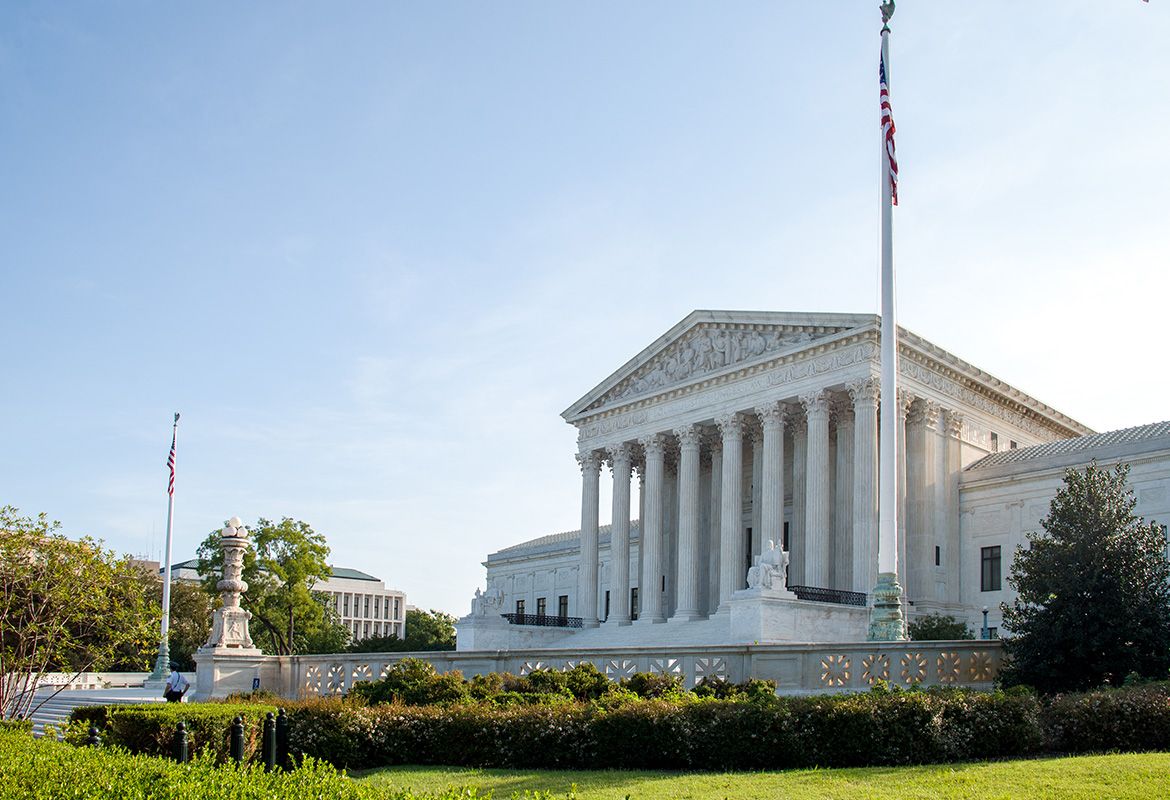
On Wednesday, January 22, 2020, the United States Supreme Court met to hear a particularly important case for religious institutions: Espinoza Versus Montana Department of Revenue.
Why is this case significant?
The First Amendment's meaning is continually being examined by the courts today, and the Supreme Court's decision on this case marked a historic event concerning the protection of religious liberty.
Espinoza v. Montana Department of Revenue raises the question, "Can state scholarship aid help pay for private school tuition?"
Suppose the Supreme Court ruled against state financial aid being used for private school tuition. In that case, the effects could be detrimental to the future generation's ability to further their education in their religious institution of choice.
However, on the other hand, religious institutions could be strengthened by the outcome of this critical case.
In today's blog, we will discuss the Supreme Court's decision on June 30, 2020 and its effects on religious institutions. First, to fully understand this case, we need to examine the original case held in the lower court system.
The Lower Court Ruling
In 2015, Montana passed a tax break to help fund nonprofit organizations assist low-income families in paying for private schooling. However, this piece of legislation had Blaine Amendments in effect.
Blaine Amendments were used to prevent religious schools' funding and are meant to further separate church and state.
The original purpose of the Blaine Amendments was to prevent government interference and favoritism of any religious institution.
As is the case in Montana V. Espinoza, Blaine Amendments could also force people to choose a secular institution over a private religious institution.
Three low-income families found that this tax break would be beneficial for them, but they were denied the tax break because of their preference for a religious school.
The Institute of Justice, a nonprofit that has fought against Blaine Amendments, defended the low-income families.
The Montana Supreme Court ruled that the entire tax break program was unconstitutional since it could benefit a religious school and violate the Montana no-aid clause.
The families petitioned to the United States Supreme Court, and the Supreme Court decided to hear the case on January 22, 2020. You can read more details about this court case in our blog here.
Supreme Court Decision
The United States Supreme Court ruled in favor of the low-income families in a ruling of 5-4. Chief Justice John Roberts spoke to the majority opinion of the court.
He states the free exercise clause "bars religious schools from public benefits solely because of the religious character of the schools" and "also bars parents who wish to send their children to a religious school from those same benefits, again solely because of the religious character of the school."
In response to the state providing funding for education, Chief Justice John Roberts had this to say ...

